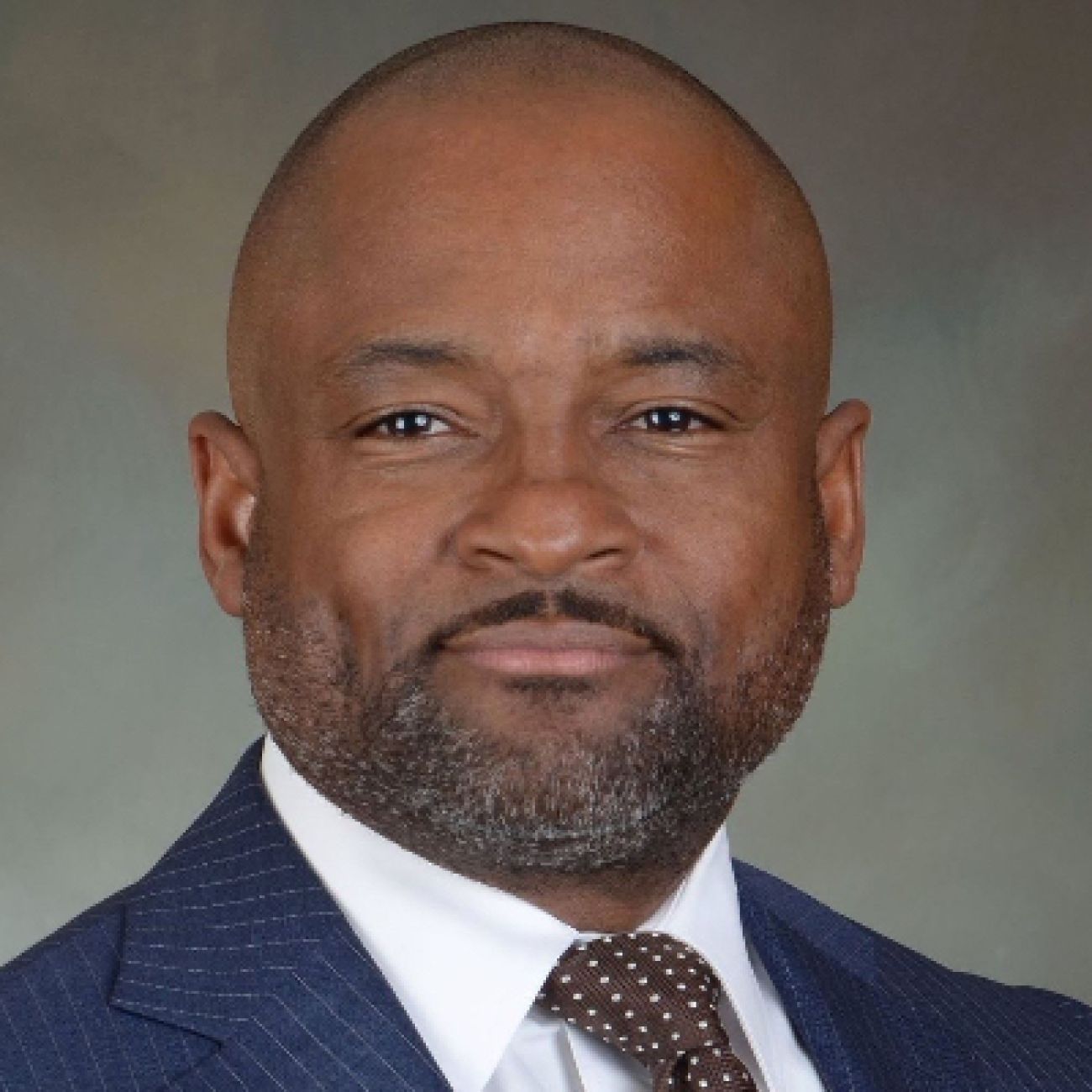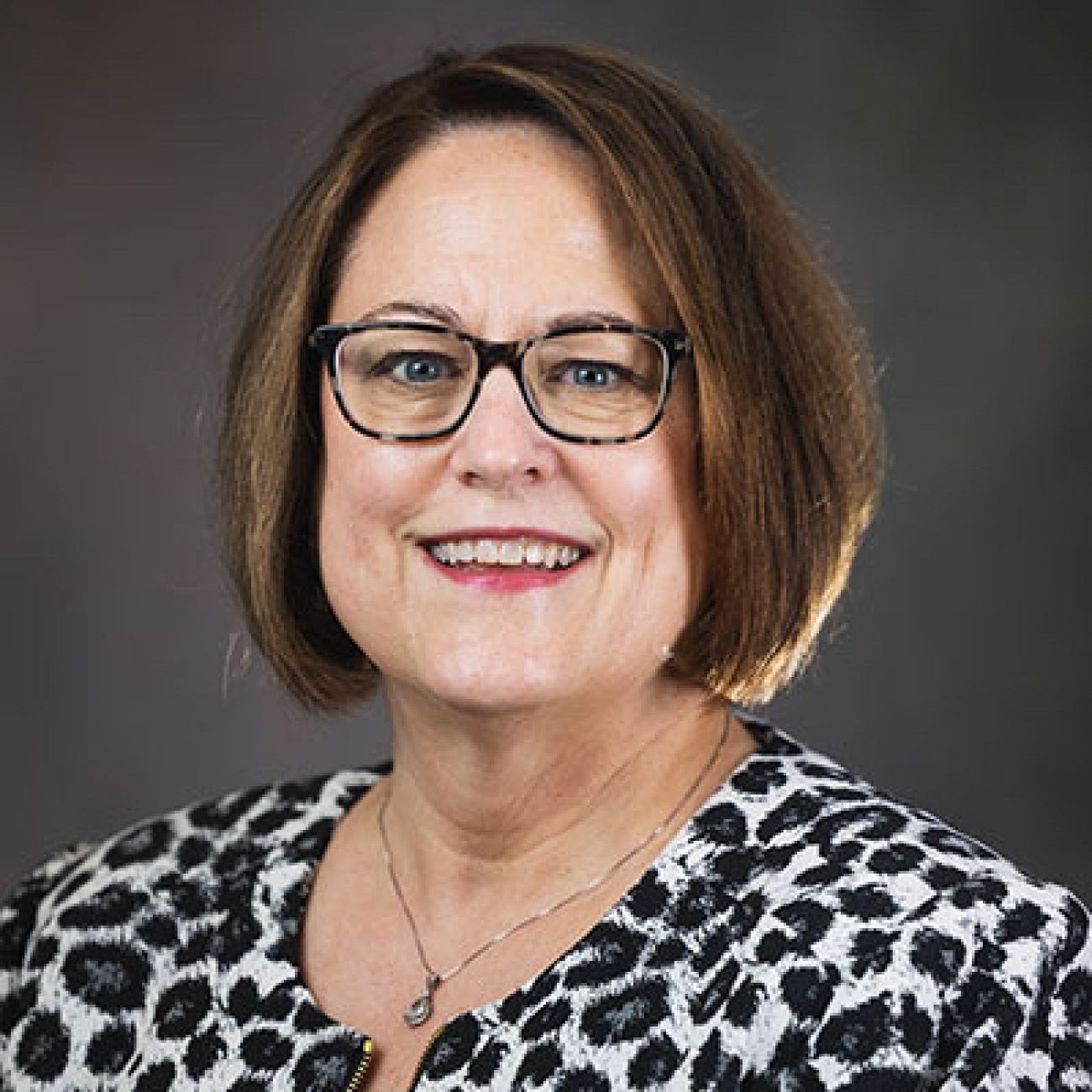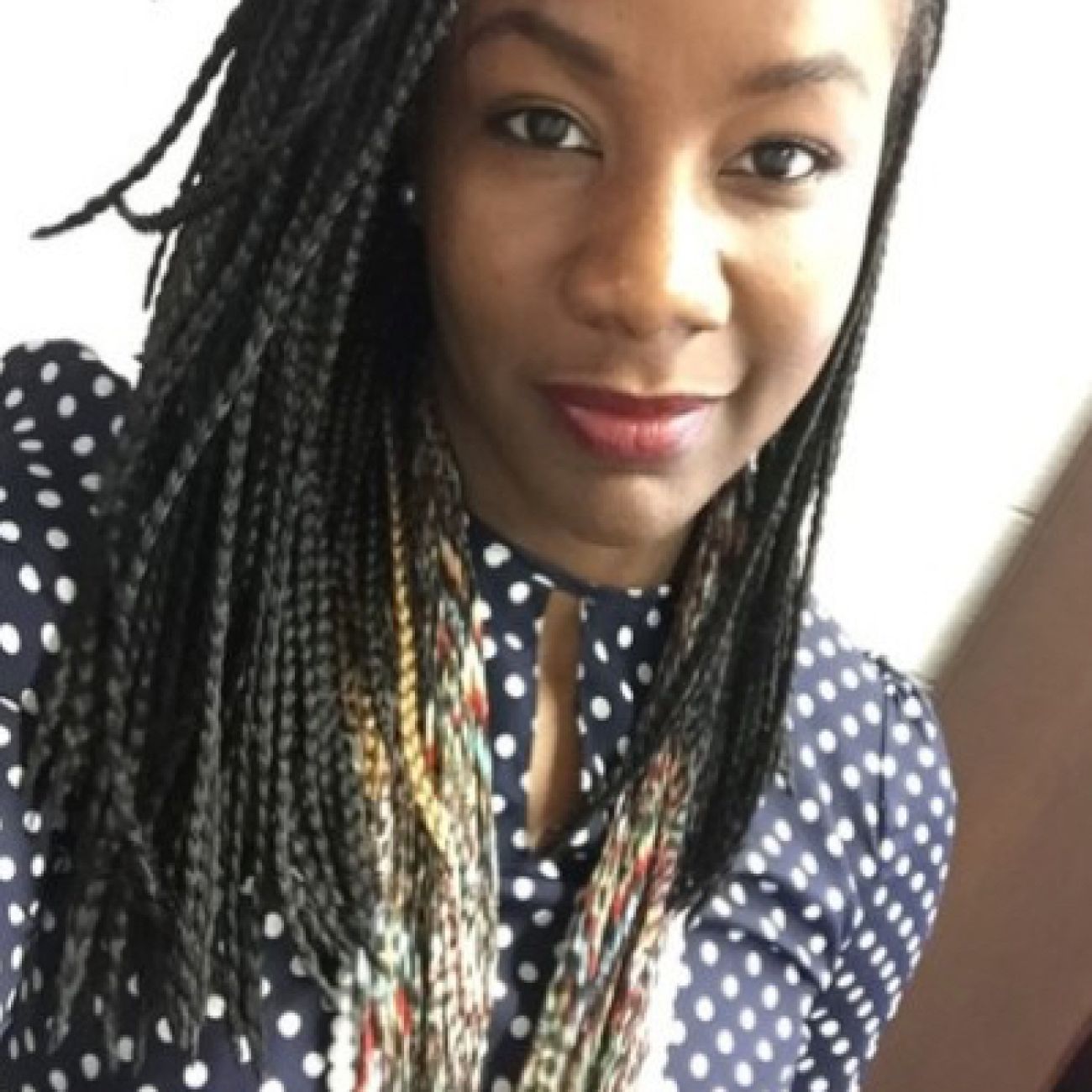After pandemic dip, Michigan universities see bump in freshman enrollment

- Total first-time student enrollment at the state public universities is back to pre-pandemic levels
- Leaders say a new state scholarship that provides up to $5,500 a year to attend a public university is a factor
- Students must fill out the Free Application for Federal Student Aid to qualify for the Michigan Achievement Scholarship
The number of first time freshman students attending a Michigan public university is back to levels seen before the pandemic, lured in part by a new state scholarship program, college officials said.
The number of first-time freshmen rose to 41,222 this fall, up 3.9 percent over 2022, according to the fall 2023 enrollment report by the Michigan Association of State Universities (MASU), which represents the state’s 15 public universities.
University enrollment is at its highest since 41,492 first-time freshmen enrolled in 2018 and comes after a steep 6.5 percent drop in the fall of 2021 at the peak of the COVID-19 pandemic.
The fall numbers are welcome news to universities in a state where the number of high school graduates is declining amid a steady drop in the state’s birth rate since 1990. Some state schools have seen undergraduate enrollment drop by 50 percent in a decade.
University officials credit the state’s new Michigan Achievement Scholarship as a key factor in why more high school graduates chose to attend a public university this fall.
The scholarship provides up to $5,500 a year for in-state students to attend a Michigan public university; up to $4,000 a year to attend an independent nonprofit college; $2,750 to attend a community college and $2,000 to attend a career training program.
Students must fill out the Free Application for Federal Student Aid, or FAFSA, form to qualify for the scholarship. The schools use the financial aid data provided to determine if students are eligible. The FAFSA for the 2024-2025 school year is expected to be released later this month.
Gov. Gretchen Whitmer signed the state scholarship into law in October 2022. The program, which could reach over a half-billion dollars a year, represents the state’s biggest investment in college affordability in a decade and garnered bipartisan support. The high school graduating class of 2023 is the first group of students eligible for the award.
Related:
Michigan may require high school seniors to file FAFSA financial aid form
Michigan spread word on free college. But are residents listening?
Michigan college enrollment decline among worst in the nation
3.0 GPA now guarantees admission to 10 Michigan public universities
“The universities are working ever harder and more strategically, but I think that the overwhelming factor at play here is the Michigan Achievement Scholarship,” said Dan Hurley, the CEO of MASU.
There were 25,433 students in the state who received the scholarship this fall, according to a state report. Public university students made up about 65 percent of scholarship recipients.
Some universities see large gains
Grand Valley State University had 4,974 first time freshman students this fall, an increase of about 1,000 students (roughly 25 percent) over fall 2022. More than 2,600 GVSU students received an Achievement scholarship.

B. Donta Truss, vice president for enrollment development and educational outreach at GVSU, told Bridge Michigan the scholarship shows “many low-income and even first-generation students…that going to college is affordable.”
The scholarship also helps “demystify the thought on” how to afford and attend college, he said.
Truss said GVSU did not lower academic standards to increase freshman enrollment, but instead worked to improve its recruitment processes and partnerships with high schools.
At Wayne State University, first-time freshman students increased by about 400 students, almost 16 percent, from fall 2022 to fall 2023.
Ahmad Ezzeddine, vice president for academic student affairs and global engagement at Wayne State, said the increase is due to the university’s new tuition-free guarantee for some students, outreach efforts and a new flat-rate tuition policy.
The school announced its tuition-free guarantee in May and said it was possible because of the Michigan Achievement Scholarship.
The flat-rate tuition policy launched this fall and means full-time students pay the same amount per semester regardless of whether they take 12 credits or 18 credits. Ezzeddine said 97 percent of the freshman class are full-time students. The university wants students to be enrolled full-time so they can complete their degree within four years.
The University of Michigan’s main campus in Ann Arbor also increased by about 400 first-year students. University spokesperson Rick Fitzgerald attributed the growth to a steady plan to provide more spots to students as demand has increased at the highly selective university.
Consider: Nearly 65,000 students applied for first-year admission at U-M in fall 2019. This year, the school sorted through roughly 87,600 applications for the fall semester.
Among the state’s 15 public universities, nine saw an increase in freshman enrollment from 2022 while six did not.
More work to be done
For Central Michigan, the slight gains of the past two years, including 23 more freshmen this fall, arrest a steep decline in enrollment overall. Total undergrad enrollment at the school had fallen from 20,070 in 2014 to 10,060 this fall, a 50 percent drop, forcing the school to make cuts, including the closure of three dormitories.
Central Michigan had 2,042 first time freshman students this fall, which is about 120 students more than fall 2021.
Jennifer DeHaemers, vice president of student recruitment and retention, announced several changes last year to how the university recruits students.
She said those changes, combined with the end of the pandemic and the new state scholarship program contributed to CMU’s gains.

Still, schools continue to face a competitive market for students.
“I think overall, Michigan Achievement has had a positive impact on the college-going rate in the state, which I believe is what the ultimate goal was of it,” DeHaemers said.
“And if it helps more people be able to go to college and afford college wherever, I think that's also great for the state of Michigan and for those people. And of course, we're still going to be very competitive and try to attract as many as we can to Central.”
Hurley, of the university group, estimates roughly 60 percent of those who fill out the (FAFSA) would qualify for the Michigan Achievement Scholarship at a four-year public university in the state. (The scholarship is awarded to people who have a student aid index of $30,000 or less, as determined by the FAFSA.)
The Achievement Scholarship is something to celebrate, said Onjila Odeneal, senior director of policy and advocacy for Michigan at The Institute for College Access & Success, a national research and advocacy group. But noted that the enrollment report shows some regional schools continue to struggle.

Ferris State University’s freshman class dropped about 7 percent from fall 2022 to fall 2023, while Eastern Michigan University, Lake Superior State University and Western Michigan University numbers dropped about 6 percent.
Like Central, Ferris, Eastern and Lake Superior have seen a plummet in overall undergraduate enrollment in the past decade. Eastern’s enrollment is down 39 percent since 2014, Ferris is down 33 percent and Lake Superior’s has fallen 26 percent.
Odeneal said it’s important that regional public schools have the resources they need to support low-income and students from minority backgrounds.
“It's not just about getting them through the doors and I know that's been a hyperfocus, but…what can we do to better support students and what they need to actually finish programs?,” Odeneal said.
Meanwhile, the state’s largest universities continue to grow. Undergraduate enrollment at the University of Michigan is up 19 percent over the past decade, adding 5,335 students, and Michigan State is up 4 percent, adding nearly 1,700.
Overall, the University of Michigan is the largest university in the state, with 52,065 undergraduates and graduate students, followed by Michigan State at 51,316. U-M passed Michigan State in 2021 after decades as the state’s second largest university.
Hurley estimates a four-year degree from a state public university costs on average 40 percent less than the cost of attendance once scholarships and grants from federal, state and university sources are included. The discount is likely higher because of the new state scholarship.
He anticipates that all 15 public universities will see increases in freshman enrollment in the next two years because of the state scholarship.
Michigan Education Watch
Michigan Education Watch is made possible by generous financial support from:
Subscribe to Michigan Education Watch
See what new members are saying about why they donated to Bridge Michigan:
- “In order for this information to be accurate and unbiased it must be underwritten by its readers, not by special interests.” - Larry S.
- “Not many other media sources report on the topics Bridge does.” - Susan B.
- “Your journalism is outstanding and rare these days.” - Mark S.
If you want to ensure the future of nonpartisan, nonprofit Michigan journalism, please become a member today. You, too, will be asked why you donated and maybe we'll feature your quote next time!






